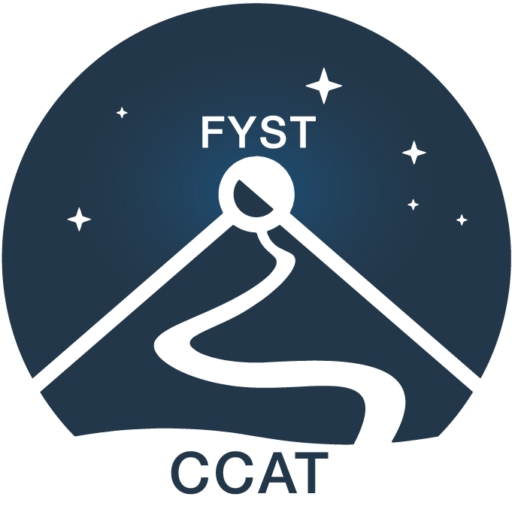Observations at submillimeter wavelengths offer unique probes of the distant high redshift universe of dust-obscured regions around forming stars and supermassive black holes throughout cosmic history. Submillimeter astronomy has seen huge advances in both scientific exploration and technology development in the last 30+ years. Because the water vapor in the Earth’s atmosphere inhibits the transmission of submillimeter waves to the ground, submillimeter telescopes must be sited at high, dry telescope sites. The combination of superb observing conditions and relatively easy access make the Atacama Desert of northern Chile a prime site for submillimeter astronomical facilities. In 2013, a global collaboration initiated the operation of the Atacama Large Millimeter/submillimeter Array (ALMA) at 5000 meters (16,500 feet) elevation on the Chajnantor plateau. For more than 10 years, the CCAT collaboration has been testing the feasibility of building a single antenna wide-field survey telescope at an even higher site in the same region.
The proposed CCAT 25-meter telescope would combine high sensitivity, a wide field of view, and a broad wavelength coverage to deliver unprecedented capability for deep, large-area, multi-color submillimeter imaging and multi-object spectroscopic surveys. In addition to the undertaking of coordinated legacy surveys to explore the origins of planets, stars, galaxies and clusters of galaxies, the CCAT 25-meter concept included a substantial fraction of time allocated to diverse observations proposed by individual investigators awarded time by a highly competitive process. CCAT was ranked the highest priority among medium scale, ground based projects examined as part of the U.S. National Research Council decadal strategic planning review published in the report “Astro2010 Decadal Survey: New Worlds, New Horizons in Astronomy and Astrophysics”. Such a project has not moved forward, largely constrained by the lack of funding.
Starting in early 2016, the current CCAT collaboration initiated investigation of a modest and focused survey telescope for which funding could more easily be identified. CCAT-prime is the outcome of this concept study, exploiting the many years of work developing the CCAT 25-meter concept and aiming in those directions for which a smaller telescope of novel design offers unique scientific and technical promise.
On March 31, 2017, a contract for the design, fabrication and installation of the CCAT-prime telescope was signed between the CCAT Corporation and Vertex Antennentechnik GmbH with first light expected in 2025.
On September 14, 2020, the CCAT Board of Directors unanimously renamed the telescope to be the Fred Young Submillimeter Telescope (FYST) in honor of Mr. Young’s exceptional contributions and support to the success of the entire CCAT Project.
